Report this entry
More from the same community-collection
Resler Hall, Trinity Methodist Church, El Paso,TX 1960
Resler Hall - 1960 - Rev. Dr. Don Schooler, second from left, ...
Dr. Brodace Elkins and Family - 1963
Trinity Methodist Church's new pastoral family - Dr. Brodace ...
Trinity Methodist Church -Board 1960's - El Paso, Texas
Trinity Methodist Church -Board 1960's From left to right, ...
Jack, Nona, Daurice, and Dale Resler - 1964
Jack, Nona, Daurice, and Dale Resler - 1964 Uncle Paul Dyal, ...
Spaghetti Bowl - El Paso, Texas - 1965
A series of highway interchanges make up the "Spaghetti Bowl." ...
National Human Relations Award - 1970
Human Relations Award - 1970 National Human Relations Award ...
Admiral In The El Paso Navy - 1970
Dale Resler receives the Admiral In The El Paso Navy from the ...
National Conference of Christians and Jews - 1970
National Conference of Christians and Jews - 1970 Members of ...
Bridges Academy at South West University Park- 2015
Bridges Academy at South West University Park on Education Day. ...
National Conference of Christians and Jews - 1970 - 1979
The Resler family attended the National Conference of ...

















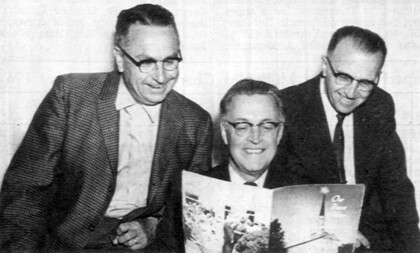
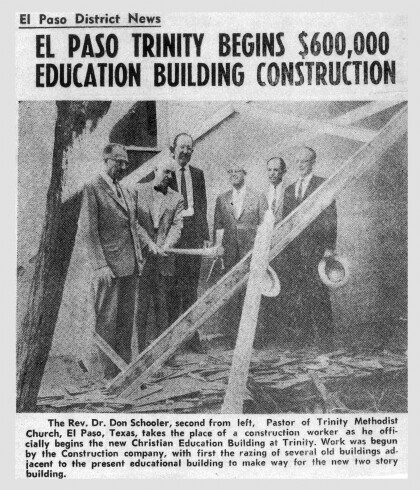
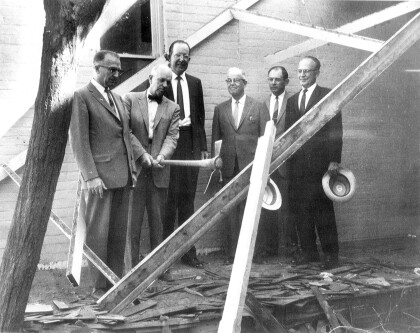
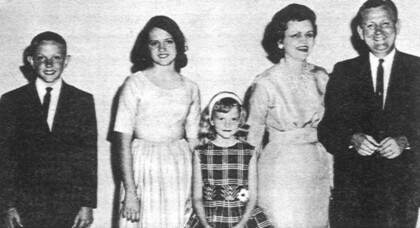
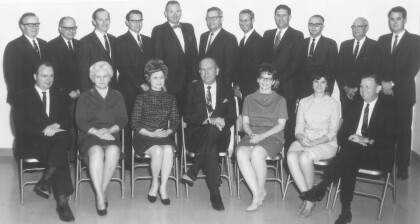
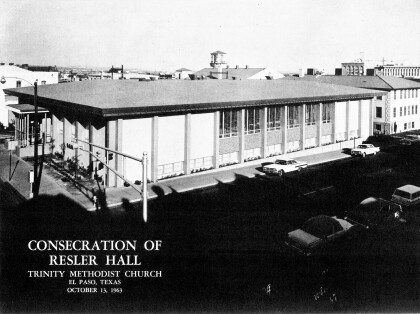
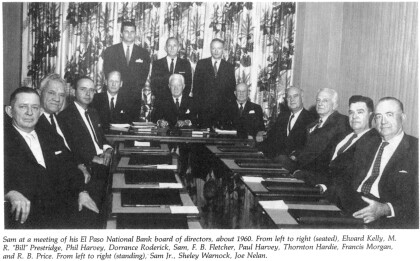
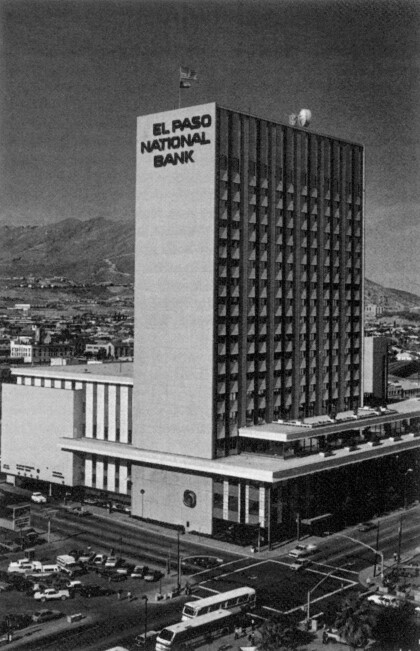
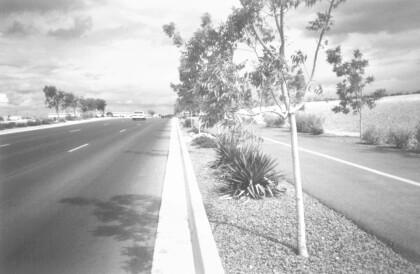

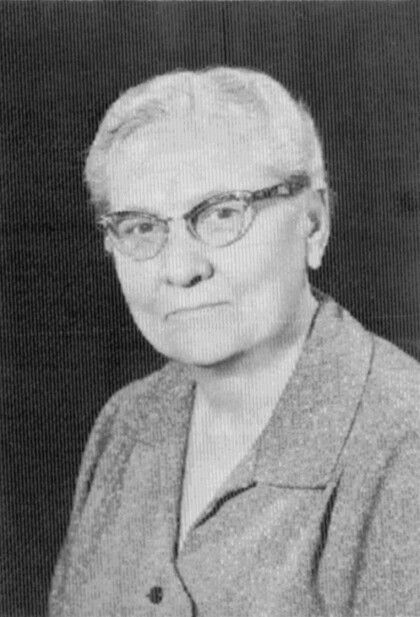
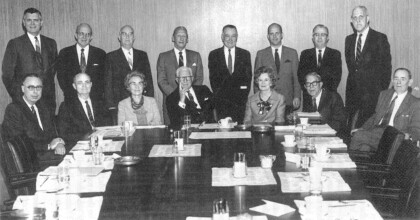
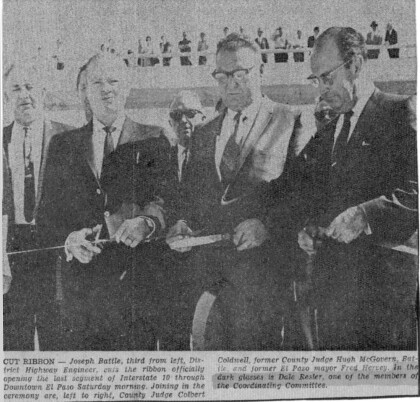
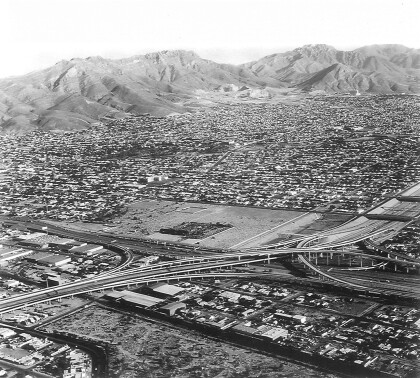
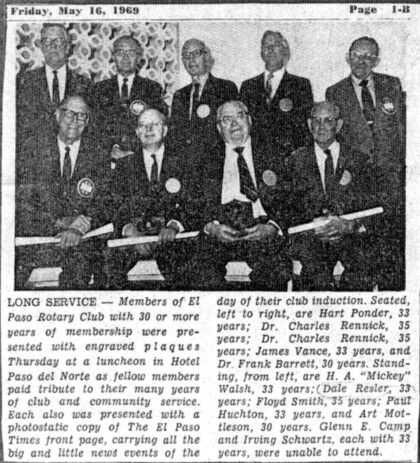
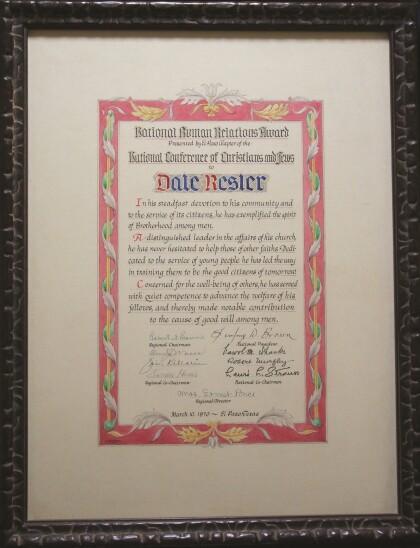
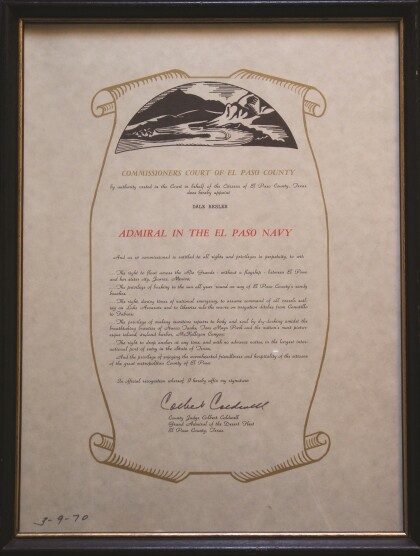
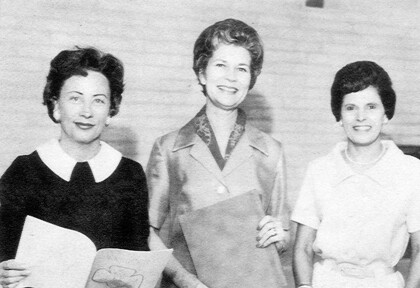
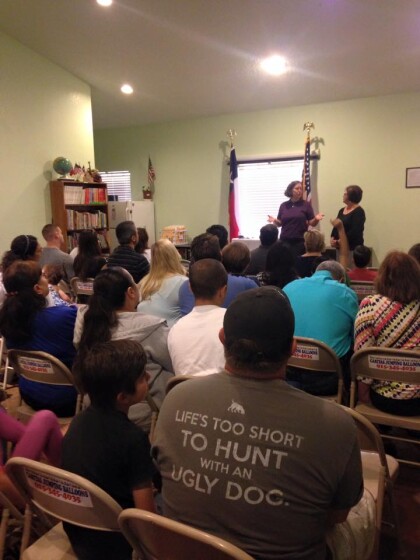
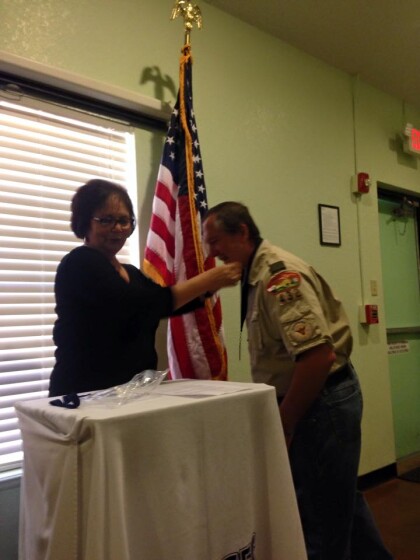
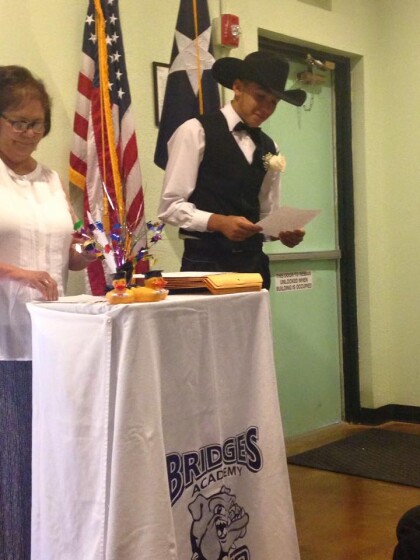

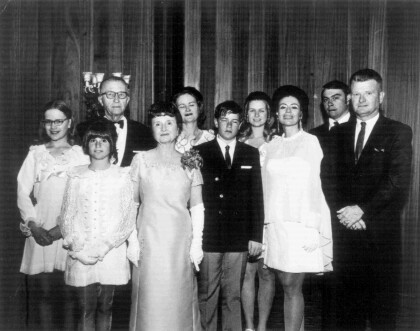
Comments
Add a comment